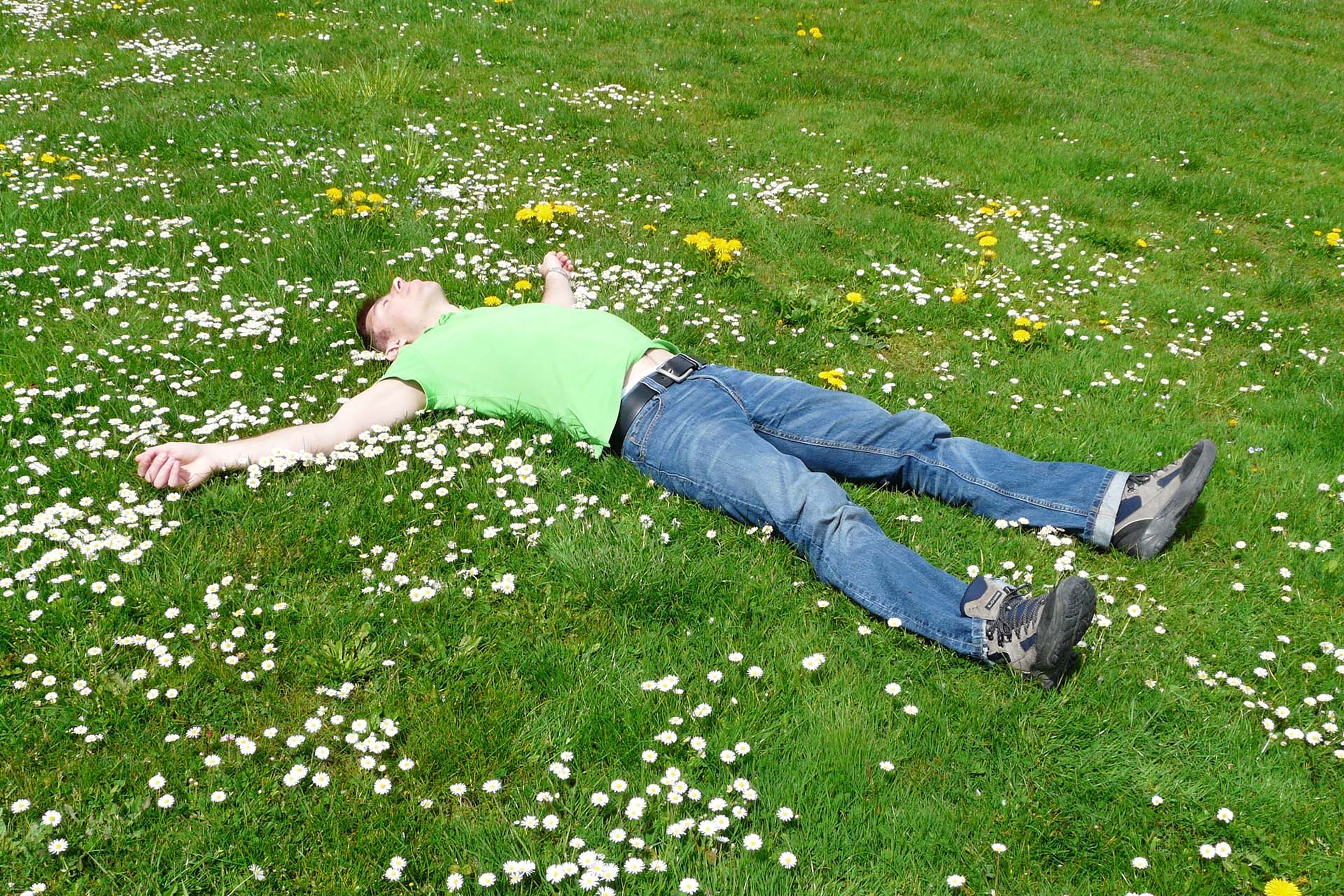
Autogenic Training (2.0)
Autogenic Training (AT) is a recognized technique in psychology for combatting stress, improving mental and physical health, as well as concentration. It was originally developed by the German psychiatrist Johannes Heinrich Schultz and is one of the most famous and oldest techniques for achieving deep relaxation. In this course we will focus on a newer version of AT 2.0: Autogenic Training without autosuggestion (AAT), which represents a continuation, synthesis, and improvement of the techniques of classical AT with the addition of techniques from ACT therapy, Mindfulness, and Cognitive Behavioral Therapy. It is not necessary to have any previous training in AT to attend this course.
AT 2.0 represents the integration of selected mental exercises, whose aim is to help individuals get rid of excess psychological and physiological tension by making useful changes in brain waves and balancing the Autonomous Nervous System. Learning how to do these very simple exercises requires little of your time.
By the end of this course, you’ll be able to do them in just a few minutes and in almost any situation: before important events, public presentations, in stressful situations, in the office, before going to bed for better sleep, etc.
Autogenic Training is indicated for:
- People who are stressed, work hard and are at risk of or already are in burnout;
- People who suffer from chronic tension;
- Anxiety and mild depression;
- Headache, thyroid problem, or hormonal imbalance;
- Prevention or treatment of psychosomatic illnesses;
- High blood pressure (Autogenic training was recommended in the 2016 European Society of Cardiology Guidelines for prevention of cardiovascular disease in persons who experience psychosocial problems);
- Stress-connected psychogenic infertility;
- Mood regulation;
- Professional athletes, especially where deep concentration and the ability to maintain attention for a long period of time is required (diving, tennis, etc.);
- Students and employees who need to manage an excessive load of work during a busy/examination period;
- Healthy people to achieve better concentration and relaxation, but also to increase creativity, imagination and increase capacity for work;
- Deep relaxation techniques are also used before public presentations, job interviews and stressful meetings and they can also be used as a grounding/resting technique between clients for health care professionals.
